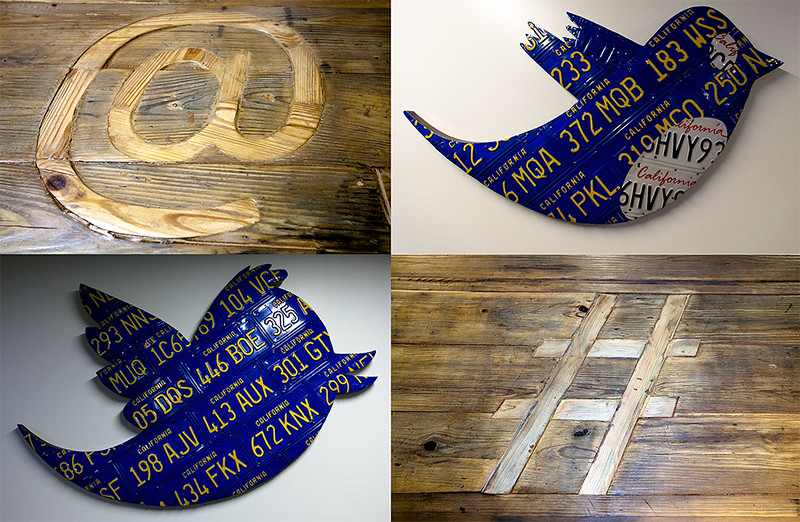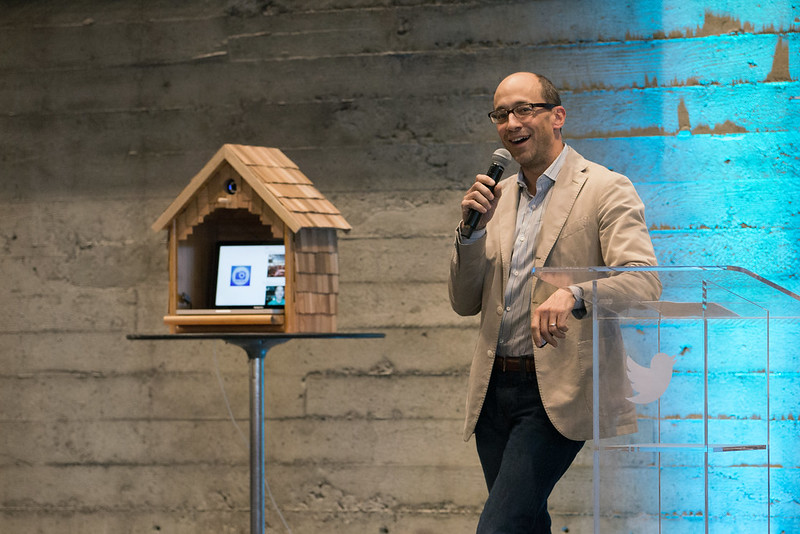No one in Silicon Valley has any doubt that San Francisco-based Twitter is on a road to a public offering. Given its current valuation — estimated at around or over $ 10 billion — and the amount of money it has raised ($ 1.35 billion) all Twitter investors big and small as well as its employees are waiting for their moment on Wall Street. The question is simple — when will Twitter go public?
From the way it looked earlier this year, the company was on track to file for a public offering later this year and then actually tap the markets in spring of 2014. In order to do that, the company needed to hit two major milestones — over 400 million users and about a billion dollars in revenues. Twitter CEO Dick Costolo wanted the company to hit the 400 million mark in 2013. No one really knows how and why that user count number came about — but it did. If an eMarketer report from today is any indication, Twitter will hit about $ 580 million in revenues this year — nothing to sneeze at, but not quite a billion dollars either.

Inside Twitter’s new Market Street offices (photo courtesy of Twitter via Flickr)
And now, my sources — quite well placed — tell me that the company is not going to be able to meet that target. Twitter experiences a lot of churn and many people who sign up for the service then find themselves bewildered and bamboozled by what is going on. People come in to Twitter hoping to find a timeline that looks somewhat like Facebook’s Newsfeed and instead find a fast-moving stream that can be very disorienting.
Others get bored and leave. And in order to stem that churn, Twitter has quietly undertaken a makeover that makes its timeline much more Facebook like.
Twitter and Facebook: Glimmer Twins
The Conversations view — announced earlier today — is yet another step towards making Twitter more Facebook-like. First, what is the conversations view? Well, when someone tweets and one or more people reply, a conversation forms. It is easier for people to follow along, especially if you follow one or more people in that conversation. Conversation tweets start to look like comments on a blog post or on a Facebook posting.
Participating in those conversations means that people who are on Twitter will hang about longer because they will be focused on discrete conversations. It is the same reason why most of us leave Facebook turned on in a browser window or a Facebook app running in the background.

Mark Zuckerberg returned to Harvard for a recruiting trip last year.
The conversation view is in fact the final step in Twitter’s attempt to become like Facebook. Over past few months, Twitter has introduced many new elements or object types to its timeline. Photos (which lead to a fracas with Instagram,) Music, Videos (via Vine), and Twitter Cards in addition to pre-existing objects that were shared on Twitter such as status updates, location information and links.
And by turning tweets into conversations, the company has introduced the ultimate Facebook-like object — status/comments/conversations into its stream. Twitter’s Favorite is its proxy for Facebook’s Like. The next thing I expect from Twitter — inline content consumption a la Pocket. And when that happens, Twitter will have turned the 140-character limit into the ultimate payload carrying content-object missile. Take a bow, team Twitter, it is okay to be immodest for a few minutes!
Mommy, why do all social networks look the same?
Don’t worry, Twitter isn’t the only one who is taking cues from others. Facebook too is very much trying to become a Twitter-like lightweight platform for content sharing. It is even adopting hashtags and is looking to use content sharing to wider web audiences as well.
 What is going on? Well, how about the standardization of all social platforms around the concept of objects and comments, especially on mobile.
What is going on? Well, how about the standardization of all social platforms around the concept of objects and comments, especially on mobile.
Objects are photos, videos, links, location data, status updates — and people like to share these pieces of comments. The behaviors around these objects are also getting standardized in the form of likes, shares and re-shares. The content shapes too are getting standard — squares mostly — thanks to the shift to the mobile. In very near future, it would be hard to distinguish the difference between the timelines/social streams/news feeds on anything social: Instagram, Foursquare, Facebook and Twitter.
Of course, this opens up opportunities for startups who can not only work on finding new behaviors but also create differentiation via design and interactions — sort of like how Flipboard has turned its timeline into a reading-first experience, slowing down the timeline based on our desire to interact and consume the content.
All about the Benjamins
And like I said earlier, this new view is about attracting the sorely needed new users for Twitter. “It is about making the service more human and have more empathy to new users,” one of our sources told us. Our sources tell us that churn and retention are the number one headache at Twitter and the company is trying to make sure it finds a way to get those new users hanging around the service.

Twitter needs new users. Twitter needs users to hang about longer. Twitter needs them to sell more ads and thus make more revenue and go public. As expected many of us early adopters who got used to Twitter’s fast-moving stream are finding the new changes (around conversations) unsettling, but we all need to get used to it.
The reverse chronological streams that were the mainstay of social platforms are going the way of Web 2.0. And nothing we can do or say will matter — it is about the benjamins now.
The great challenges of successful social apps:
* Strict chronology vs featured items
* Threads vs flat comments
* Breast feeding avatars—
Anil Dash (@anildash) August 28, 2013
Love watching all the critics of change on Twitter. I’m reminded of how much everyone HATED Retweet when Twitter officially implemented it.—
Doug Bowman (@stop) August 28, 2013

Twitter CEO Dick Costolo at a company event. (Photo courtesy of Twitter via Flickr)
![]()
Related research and analysis from GigaOM Pro:
Subscriber content. Sign up for a free trial.
- Survey: How apps can solve photo management
- Readers weigh in: future prospects for Twitter
- Controversy, courtrooms and the cloud in Q1